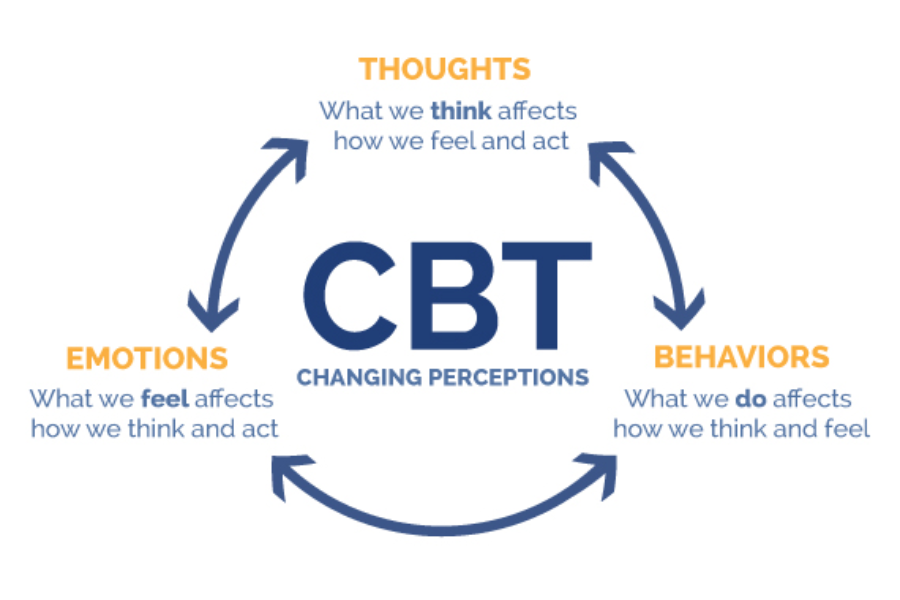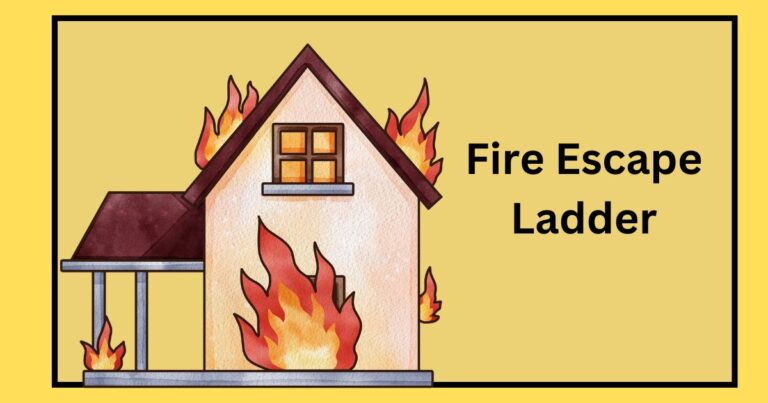Overcoming Anxiety: How CBT Makes a Difference
Key Takeaways:
- Cognitive Behavioral Therapy (CBT) is a highly effective treatment for various types of anxiety disorders.
- CBT focuses on changing negative thought patterns and behaviors to improve emotional well-being.
- The process involves identifying triggers, tackling irrational thoughts, and adopting healthier behaviors.
- CBT offers practical techniques that individuals can use in their everyday lives to manage anxiety.
Table of Contents:
- Introduction
- Understanding CBT
- Identifying Anxiety Triggers
- Challenging Irrational Thoughts
- Behavioral Techniques of CBT
- Practical Application of CBT Techniques
- Conclusion
Introduction
Anxiety disorders are among the most common mental health conditions affecting people worldwide. From social anxiety to generalized anxiety disorder, the impact of these conditions can be debilitating, affecting various aspects of an individual’s life, such as work, relationships, and overall well-being. While various treatment options are available, Cognitive Behavioral Therapy (CBT) has emerged as one of the most effective methods for overcoming anxiety. CBT targets the cognitive distortions and maladaptive behaviors that contribute to anxiety, offering a structured framework to address these issues. This article delves into how CBT works and why it is particularly beneficial for those struggling with anxiety. By focusing on changing the underlying thought patterns and behaviors, CBT provides a strategic and practical approach to managing anxiety in everyday life, offering long-term solutions rather than temporary fixes.
Understanding CBT
Cognitive Behavioral Therapy (CBT) is a form of psychotherapy that aims to improve mental health by changing cognitive distortions and behaviors. CBT is based on the idea that our thoughts, emotions, and behaviors are interconnected, and by altering negative thought patterns and behaviors, we can alleviate emotional distress. In a setting such as cognitive behavioral therapy NYC, therapists use various techniques to help individuals identify and challenge irrational thoughts and replace them with more balanced perspectives. This type of therapy is typically structured, goal-oriented, and short-term, making it particularly effective for treating anxiety. CBT sessions often involve homework assignments, where clients practice the skills they have learned in therapy daily. This hands-on approach empowers individuals to take control of their mental health, offering practical tools and strategies they can use long after treatment has ended.
Identifying Anxiety Triggers
One of the first steps in CBT for anxiety is identifying the specific situations, thoughts, or physical sensations that trigger anxiety. These triggers can vary from person to person and may include specific social situations, stressors at work, or even certain thoughts and memories. Therapists often use tools such as anxiety journals and thought records to help individuals pinpoint their triggers. By understanding what causes anxiety, individuals can better prepare to tackle it head-on. Identifying triggers is not just about recognizing what makes you anxious—it’s about understanding the environment, situations, and internal cues that lead to an increase in anxiety levels. This comprehensive understanding forms the foundation for effective intervention, allowing therapists to tailor the treatment to individual needs. In essence, knowing your triggers is the first step towards gaining control over your anxiety.
Challenging Irrational Thoughts
CBT teaches individuals to recognize and challenge irrational or negative thought patterns that contribute to anxiety. These thoughts are often automatic and deeply ingrained, making them difficult to change without structured intervention. Techniques like cognitive restructuring help individuals question the validity of their thoughts and consider alternative, more balanced perspectives. For instance, instead of thinking, “I’m going to fail at this task,” CBT encourages a more rational thought like, “I have the skills and resources to succeed.” Challenging these irrational thoughts involves a systematic approach where individuals learn to evaluate the evidence for and against their anxious thoughts, leading to more balanced and less distressing conclusions. This cognitive shift can significantly reduce anxiety as individuals learn to respond to their thoughts in more adaptive and less catastrophic ways. Over time, this practice not only alleviates current anxiety but also equips individuals with the skills to manage future anxiety-provoking situations more effectively.
Behavioral Techniques of CBT
In addition to cognitive restructuring, CBT includes various behavioral techniques designed to change the actions that contribute to anxiety. These techniques may involve gradual exposure to anxiety-provoking situations, relaxation exercises, and behavioral experiments. For example, someone with social anxiety might start by gradually exposing themselves to social situations, starting with less intimidating scenarios and progressively facing more challenging ones. This method helps desensitize individuals to anxiety triggers, reducing their overall fear response over time. Behavioral techniques aim to break the cycle of avoidance, a typical behavior in anxiety disorders. Avoidance may provide short-term relief, but it often exacerbates anxiety in the long run. By facing fears controlled and systematically, individuals learn that their anxiety decreases over time through repeated, planned exposure. This experiential learning is a crucial aspect of CBT, as it provides concrete evidence that challenging and changing behaviors can lead to significant improvements in anxiety levels.
Practical Application of CBT Techniques
One of the reasons CBT is so effective is its focus on practical application. Individuals are encouraged to practice the techniques learned in therapy daily. For example, they might use thought records to challenge anxiety-provoking thoughts throughout the day or use relaxation exercises to manage physical symptoms of anxiety. Over time, these practices can become second nature, providing individuals with reliable tools to manage stress in various situations. The practical aspect of CBT empowers individuals to take an active role in their treatment, fostering a sense of self-efficacy and control. Whether through mindfulness exercises, deep-breathing techniques, or scheduling pleasurable activities, the skills learned in CBT are versatile and adaptable to different contexts. This emphasis on real-world application ensures that the benefits of CBT extend beyond the therapy room, offering lasting solutions for managing anxiety.
Conclusion
Cognitive Behavioral Therapy offers a well-structured and evidence-based approach to overcoming anxiety. By focusing on changing negative thought patterns and behaviors, CBT provides individuals with practical tools to manage anxiety effectively. Whether you are dealing with social anxiety, generalized anxiety, or any other form of anxiety disorder, the techniques and strategies offered by CBT can make a significant difference in your mental well-being.
Understanding how to identify triggers, challenge irrational thoughts, and adopt healthier behaviors can empower you to take control of your anxiety and lead a more fulfilling life. Engaging in CBT can equip you with lifelong skills, ensuring you have the strategies needed to navigate future challenges. With the support of a qualified therapist, CBT offers a pathway to not just managing but overcoming anxiety, creating a future defined by resilience and well-being.






